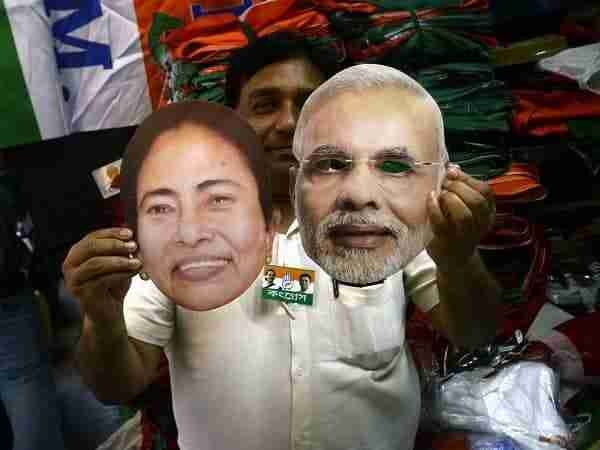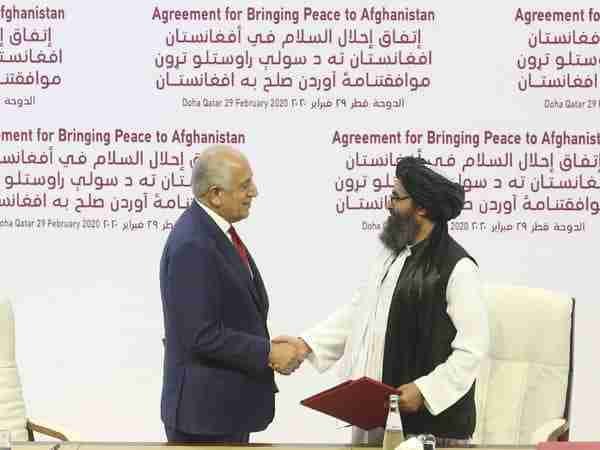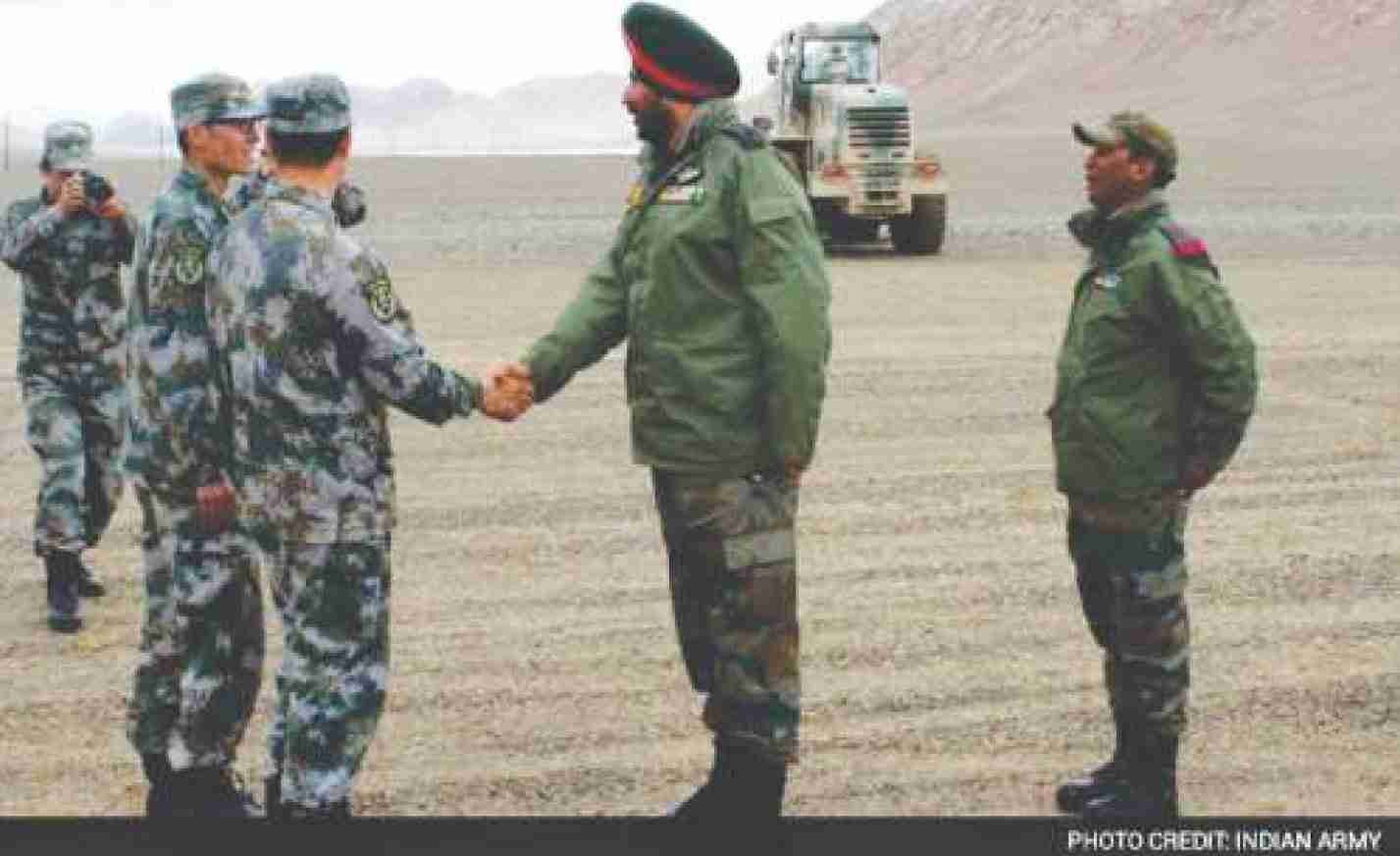NATIONAL SECURITY SHOULD BE AN ELECTION ISSUE
National security has traditionally been reduced by all political parties- in their election rallies – to making a few general comments to the needs of our armed forces, and mouthing phrases like: ‘all that they require, they will be provided for’. But the armed forces from past experience, know better. Worse still, the need to enhance the security of our citizens by enhancing the capabilities of our police forces, is rarely mentioned. But we cannot ignore these issues any longer. It is thus essential that serious attention must be devoted to national security issues by political parties in the fray. It must be debated – beyond the trading of allegations – in all its dimensions. A commitment on steps they promise to undertake, in their manifestos, will at least give our citizens something to hold them accountable for, to make India safe from external and internal threats.
There are multiple issues that need to be examined with serious attention. A subject that concerns every citizen is the need for police reforms. There has been little movement in this space due to the vested interests of politicians in several states and the lobbies of police officers, who kow-tow to their political masters for personal reasons and rig up the false fears of threats to federal autonomy, if a central government led initiative is implemented. And even though money has been spent to modernise the police at various levels, the lot of the policeman on the street – our first line of defence – still remains hopefully ill-equipped. Moreover, India has amongst lowest policemen to people ratio in the world.
However, what has been much in the news lately are the air strikes on Pakistan based terror camps and the importance of technology in the military punch that can be delivered on an enemy, but also the need to provide our armed forces critical equipment so important to fight our enemies. As the air chief has suggested, that if we had the Rafale’s in our inventory, then the situation would have been quite different. Specially so when the PAF launched its air armada as a face saver after the Balakot air strikes, which led to our MiG-21 based counter. In the dog fight that followed, the IAF insists our MiG-21 knocked down a PAF F-16 (whatever the Pakistani denials) but it also did show and shock the world that we still use MiG-21s despite our claims to be a military power in waiting.
One major reason for our services to have ‘to fight with what they have’ is our tardy and tedious process of arms acquisition. It takes so long to complete any substantial military purchase, that by the time the equipment is inducted, it is halfway to becoming a ‘vintage’ platform ! And though our forces still make up with grit and efficacy – achieved through years of training – to counter much more superior platforms, like Wg. Cdr Abhinandan did against the US made F-16 and Chinese JF-17, we can’t go on much longer like this. Our abysmal state of affairs, has led to a cynical view that ‘India’s first rate military is now saddled with third rate equipment’. Why is this so, our citizens need to know. Having ambitions, is one thing, having the capalities, is another.
This has been brought about for a number of reasons. One reason is that we do not produce the equipment that needed by our forces to fight wars without depending on foreign suppliers. And despite much hype and the funds that are being diverted to enhance ‘Make in India’ capabilities, indigenization is still a story of contradictions. This is urgently required, if India is to shed its huge outflows of funds to buy foreign military equipment, as our defence PSUs cannot produce a rifle that can survive the rigours of an infantryman’s operational routine, leading to our services to call the DRDO a white elephant. But at the same time, we must acknowledge that our scientists have given us the impressive technological feat with the A-Sat (anti-satellite) test, that has stunned the world. Even then, we would do well to learn from the Chinese. As per SIPRI, a Swedish think-tank, the Chinese are today not just the world’s 6th largest arms importer but also today the 5th largest arms exporter, having spent 2% of its GDP on R&D for several years.
Moreover what went unnoticed is the damage done by an earlier defence minister – who was clueless and more keen on protecting his image than the country – as he was ready to ban defence companies at the slightest sound of an alleged malpractice. Such knee-jerk reactions not only unfairly did long term damage to the reputation of big companies, but also further narrowed the pool of companies for India to choose from, in future. No wonder, we’ve gone in for arms purchases mostly under the Govt -to- Govt FMS route, in recent years, to bypasses the mutiple vendor defence procurenent process.
Thus we are still heavily dependent on imports. And despite taĺk of ‘make in India’, while we do make a few platforms we do, but there are miles to go.
Ironically while India is slated to spend about US$200 billion in weapon purchases over the next 10 years, there will be few if any companies to buy from the much needed weapon systems, if the blacklisting bans are to remain enforced. A pity, because unlike Pakistan, India has the money but its choices of suppliers are now few and far between. Apart from the longstanding need for modern fighter aircrafts, there is a pressing need for the navy’s multi-role helicopters and also the army’s need for tanks and mechanized vehicles, which are all big ticket purchases. In addtion, there is the need for basic equipment to equip our soldiers to battle militants in the Valley and elsewhere.
More importantly though theŕe is also a need to shed the baggage of the past, by putting in place a new national security doctrine, that will need to redefine what our forces now need. Why are we wedded to numbers (such as 42 squadrons for the IAF or two aircraft carrier groups for the Navy) that were put in place decades ago to stock up arms and ammunition for a 45 day war on two fronts? The world won’t allow us more than a week now to fight a war if it were to break out in our region. Thus we ust reshape our requirements, in the light of what is the real threat and what is both affordable and what is essential. Studies by the Kargil Review Committee and the Naresh Chandra led report can provide a good template to begin with. And thus in these elections we need an informed debate on our national security challenges and a specific set of commitments – beyond the usual waffle – that political parties are willing to commit themselves to, if they are elected to govern.



